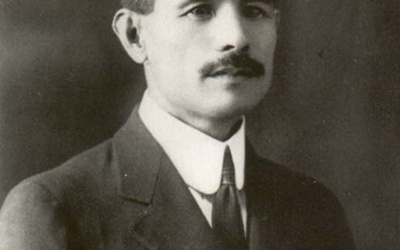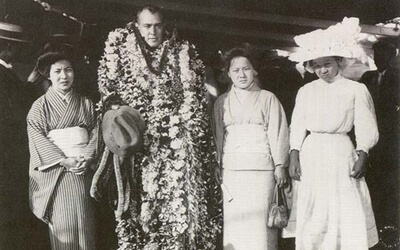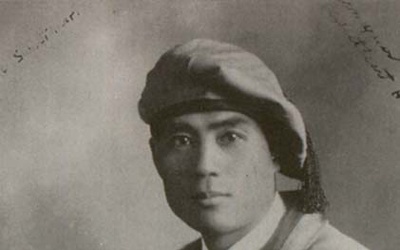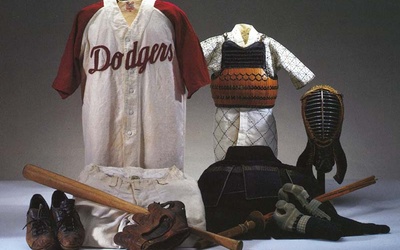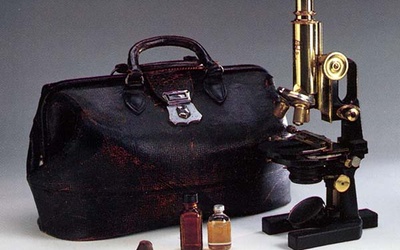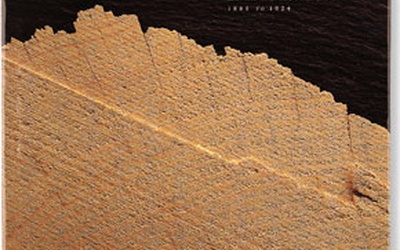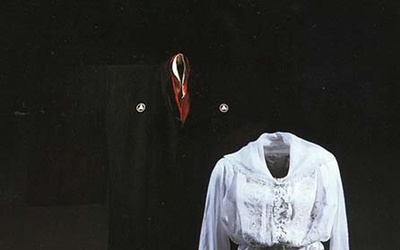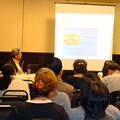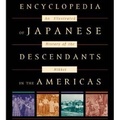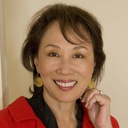
Akemi Kikumura Yano
Akemi Kikumura Yano is a Visiting Scholar at the University of California at Los Angeles, Asian American Studies Center. She holds a Ph.D. in anthropology from UCLA and is an award-winning author, curator, and playwright, best known for her book Through Harsh Winters: The Life of an Immigrant Woman.
Updated February 2012
Stories from This Author
Issei Pioneers - Hawaii and the Mainland 1885-1924 - Part 25
June 20, 2011 • Akemi Kikumura Yano
Read Part 24 >> On November 13, 1922, the United States Supreme Court ruled against Ozawa, declaring that as a “Mongolian” he was ineligible to citizenship. Justice Sutherland delivered the Supreme Court decision in the Takao Ozawa case: On behalf of the appellant it is argued that we should give to this phrase [free white persons] the meaning which it had in minds of its original framers in 1790 and that it was employed by them for the sole purpose of …
Issei Pioneers - Hawaii and the Mainland 1885-1924 - Part 24
June 13, 2011 • Akemi Kikumura Yano
Read Part 23 >> THE RIGHT OF NATURALIZATION The greatest legal barrier barring the Issei from equal participation in the United States was their classification as “Aliens Ineligible to Citizenship.” One of the earliest Issei to fight for naturalization was Namyo Bessho, who enlisted in the United States Navy in 1898. Bessho was a veteran of two wars (the Spanish American and World War I) and acted as personal steward for presidents William McKinley, Theodore Roosevelt, and William Taft. In 1910, Manyo …
Issei Pioneers - Hawaii and the Mainland 1885-1924 - Part 23
June 6, 2011 • Akemi Kikumura Yano
Read Part 22>>KYUTARO ABIKO: NEWSPAPER PUBLISHER, BANKER, FARM COLONY PIONEEROne of the most respected Issei leaders on the Mainland was Kyutaro Abiko who believed that a solution to the anti-Japanese movement was permanent settlement. As published of the Nichibei Shimbun, which had the largest circulation in the continental U.S., he influenced many with his ideas about race relations in America. Blaming the sojourning mentality for the many shortcomings in the immigrant society, he exhorted his countrymen to sink roots in …
Issei Pioneers - Hawaii and the Mainland 1885-1924 - Part 22
May 30, 2011 • Akemi Kikumura Yano
Read Part 21 >> THE FIGHT FOR EQUAL RIGHTS While the Japanese community turned inward for sustenance and support, about the swirled a constant barrage of accusations which the Issei could not ignore. Racist arguments called to “Restrict backward races,” and “Keep United States and Canada White Man’s countries.” In 1905, newspaper headlines blared: “JAPANESE A MENACE TO AMERICAN WOMEN.” California State Senator James D. Phelan warned, “The rats are in the granary. They have gotten in under the door and they …
Issei Pioneers - Hawaii and the Mainland 1885-1924 - Part 21
May 23, 2011 • Akemi Kikumura Yano
Read Part 20 >>THE CREATIVE SPIRITDespite the rigors of daily life, the Issei found time for creative expression. In cities and towns, groups formed to study and perform traditional dances, songs, and to play musical instruments such as the shamisen (three-stringed instrument), koto (harp), shakuhachi (flute), and biwa( lute). In Hawaii classical Okinawan entertainment was preserved and popularized by musicians such Kosuke Nakaganeko (1908-1990), master teacher and performer of the sanshin, an Okinawan three-stringed guitar. Amateur drama groups formed in …
Issei Pioneers - Hawaii and the Mainland 1885-1924 - Part 20
May 16, 2011 • Akemi Kikumura Yano
Read Part 19 >>COMMUNITY EVENTS AND CELEBRATIONSIn the early years, one of the most important and controversial events was tenchosetsu, the celebration of the Emperor Meiji’s birthday on November 3. Though at first the plantations in Hawaii did not recognize it a holiday, all work stopped as the Issei workers took the day to celebrate with food, music, and dance. “Jara-jara, jan-jan, chan-chan.” Went the shamisens (three stringed instruments) as the people ate their food and danced into the night.1 …
Issei Pioneers - Hawaii and the Mainland 1885-1924 - Part 19
May 9, 2011 • Akemi Kikumura Yano
Read Part 18 >>COMMUNITY LIFEIn Hawaii and on the mainland. The Issei established their own hospitals, churches, newspapers, social and cultural organizations, and economic networks. Within their communities they found comfort and comraderie, learning that survival in America meant cooperation, mutual aid and support among themselves. Since most Issei had come without their extended families, the concept of kinsmen was broadened to include more distant relatives, fellow villagers, and beyond that, the Japanese immigrant community. Community solidarity was high when …
Issei Pioneers - Hawaii and the Mainland 1885-1924 - Part 18
May 2, 2011 • Akemi Kikumura Yano
Read Part 17 >> SOCIALIZATION OF THE CHILDRENThe birth of their American-born-children, the Nisei, marked a turning point in the lives of many Issei families. For the sake of the children, families decided to settle down in one locale. “Even if w have to work harder, we will do so to save money and settle down in some place so that can send our kids to the same school all year around,” commented one Issei who farmed in Cortez, California.1 America …
Issei Pioneers - Hawaii and the Mainland 1885-1924 - Part 17
April 25, 2011 • Akemi Kikumura Yano
Read Part 16 >>WOMEN AND WORKAs soon as the women settled into their new homes, they found themselves engaged in hard work. Few families could afford for women to stay at home. In the cities women worked as chambermaids, dishwashers, seamstresses, or laundresses. In the countryside, they worked alongside their husbands in the vineyards of Fresno, the apple orchards of Watsonville, or the canefields of Hawaii, planting, hoeing, weeding, irrigating, and harvesting. In every region where Issei settled, women played …
Issei Pioneers - Hawaii and the Mainland 1885-1924 - Part 16
April 18, 2011 • Akemi Kikumura Yano
Read Part 15 >> Because the United States government did not recognize the legitimacy of the picture bride marriages, mass marriages took place in immigration stations, hotel lobbies, churches, or at the wharf in Hawaii. “This undesirable practice of an assembly-line type marriage ceremony must be abandoned forthwith,” blasted Kinzaburo Makino in his inaugural issue of the Hawaii Hochi. [A]nd the picture brides should be allowed to have the privilege of having ceremonies conducted according to their own religious faiths …

